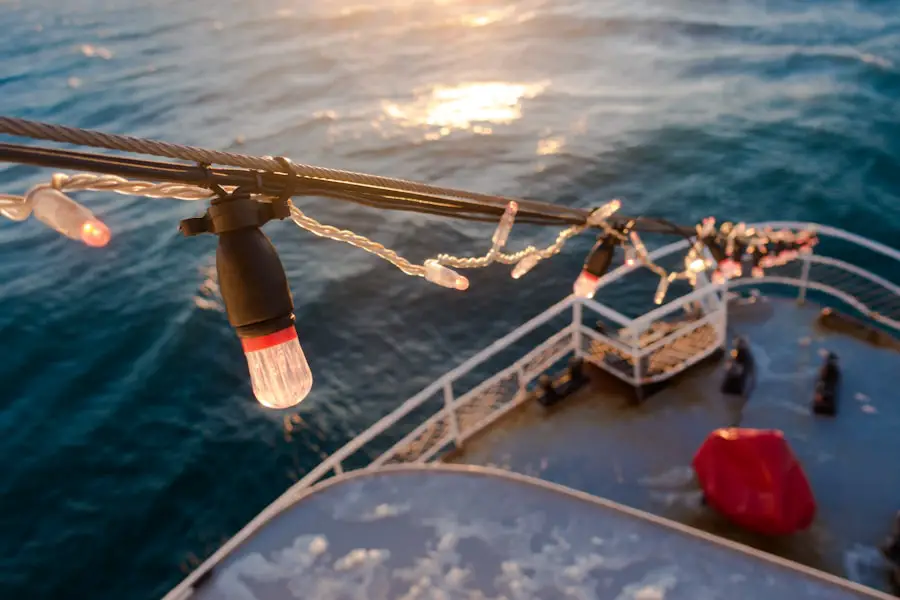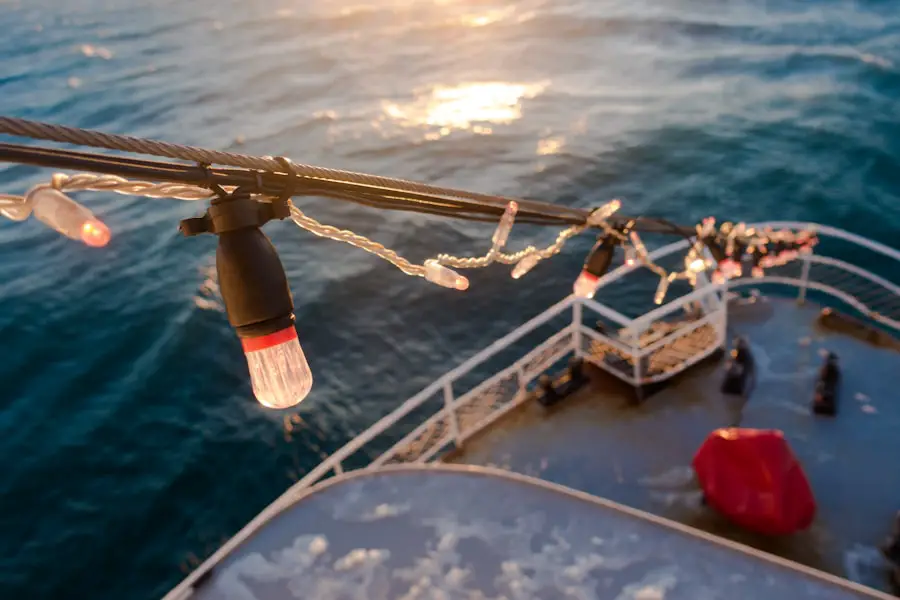Iceland, a land of stunning natural beauty and unique geological features, has become an increasingly popular destination for travelers from around the globe. The country’s dramatic landscapes, including geysers, hot springs, waterfalls, and volcanic terrain, attract adventurers and nature enthusiasts alike. As tourism to Iceland continues to grow, several airlines have stepped up to provide essential connectivity to this Nordic island.
These airlines not only facilitate travel to Iceland but also offer a range of services that cater to the diverse needs of international travelers. Among the airlines serving Iceland, Delta Airlines, Icelandair, and the now-defunct WOW air have played significant roles in shaping the travel landscape. Each airline brings its own unique offerings, from full-service options to budget-friendly fares.
Understanding the nuances of these airlines can help travelers make informed decisions about their journey to this enchanting destination. With a mix of established carriers and low-cost options, travelers can find flights that suit their schedules and budgets while enjoying the breathtaking scenery that Iceland has to offer.
Key Takeaways
- Iceland is served by several major airlines, offering a variety of routes and services to the country.
- Delta Airlines provides routes to Iceland from various cities in the United States, with a focus on premium services and amenities.
- Icelandair has a rich history and operates a modern fleet, offering a wide range of destinations and a unique stopover program.
- WOW air is a low-cost carrier that offers budget-friendly travel options to Iceland, with a focus on no-frills services.
- When choosing an airline for a trip to Iceland, it’s important to consider factors such as routes, services, amenities, and budget.
Delta Airlines: Routes and Services to Iceland
Delta Airlines has established itself as a key player in the transatlantic travel market, offering a variety of routes to Iceland from major U.S. cities. With its hub in Atlanta, Delta provides convenient connections for travelers coming from various parts of the United States.
The airline operates seasonal flights to Reykjavik’s Keflavik International Airport (KEF), typically ramping up service during the summer months when tourism peaks. This seasonal approach allows Delta to cater to the influx of travelers eager to explore Iceland’s natural wonders. In addition to its direct flights, Delta Airlines offers a range of services designed to enhance the travel experience.
Passengers can enjoy complimentary snacks and beverages on board, as well as access to in-flight entertainment systems featuring a selection of movies, TV shows, and music. For those seeking additional comfort, Delta’s premium cabin options provide enhanced amenities such as lie-flat seats and priority boarding. Furthermore, Delta’s SkyMiles loyalty program allows frequent flyers to earn miles that can be redeemed for future travel, making it an attractive choice for those who travel regularly.
Icelandair: History and Fleet

Icelandair has a rich history that dates back to 1937 when it was founded as Flugfélag Íslands. Initially serving domestic routes within Iceland, the airline expanded its operations over the decades to include international flights. Today, Icelandair is recognized as the flagship carrier of Iceland and plays a crucial role in connecting Europe and North America through its hub in Reykjavik.
The airline’s strategic location allows it to serve as a convenient stopover point for travelers heading between these two continents. The fleet of Icelandair consists primarily of Boeing aircraft, including the Boeing 737 MAX and Boeing 757 models. These planes are well-suited for transatlantic flights, offering a balance of efficiency and passenger comfort.
Icelandair is known for its unique “Stopover” program, which allows travelers to break their journey in Iceland without incurring additional airfare costs. This initiative encourages visitors to explore the country while en route to their final destinations, effectively promoting tourism in Iceland. The airline’s commitment to sustainability is also noteworthy; it has implemented various measures aimed at reducing its carbon footprint, including investing in more fuel-efficient aircraft.
WOW air: Low-cost Travel to Iceland
| Metrics | Data |
|---|---|
| Number of Destinations | 30+ |
| Passenger Capacity | Up to 350 |
| On-time Performance | 90% |
| Baggage Allowance | 1 carry-on + 1 personal item |
| Seat Pitch | 29-34 inches |
WOW air emerged as a significant player in the low-cost travel market when it launched operations in 2012. The airline quickly gained popularity for its budget-friendly fares and no-frills service model, appealing particularly to younger travelers and those looking for affordable options to visit Iceland. WOW air offered flights from various U.S.
cities, including New York and Boston, with Reykjavik as its primary hub. The airline’s business model focused on providing low base fares while charging extra for services such as checked baggage and in-flight meals. Despite its initial success, WOW air faced financial difficulties that ultimately led to its collapse in 2019.
The airline’s rapid expansion and aggressive pricing strategies were not sustainable in the long run, especially amid increasing competition in the transatlantic market. However, WOW air’s impact on the travel landscape cannot be understated; it opened up opportunities for budget-conscious travelers to experience Iceland without breaking the bank. The rise and fall of WOW air serve as a cautionary tale about the challenges faced by low-cost carriers in an ever-evolving aviation industry.
Comparison of Services and Amenities
When comparing airlines serving Iceland, it’s essential to consider the range of services and amenities they offer. Delta Airlines provides a full-service experience with complimentary meals on longer flights, access to in-flight entertainment, and options for premium seating. Passengers can expect a higher level of service with attentive cabin crew and various choices for onboard refreshments.
Additionally, Delta’s extensive network allows for seamless connections to other destinations beyond Reykjavik. In contrast, Icelandair strikes a balance between full-service and low-cost offerings. While it provides complimentary snacks and beverages on most flights, passengers may need to purchase meals or additional services if they desire more substantial fare.
The airline’s unique Stopover program is a standout feature that encourages travelers to explore Iceland without incurring extra costs on their tickets. Furthermore, Icelandair’s fleet is equipped with modern amenities that enhance passenger comfort during transatlantic flights. WOW air’s approach was markedly different; it focused on providing low base fares while charging for extras like checked baggage and meals.
This model appealed to budget travelers but often resulted in additional costs that could add up quickly if passengers were not careful about their selections.
While WOW air offered competitive pricing, its lack of included amenities meant that travelers had to be more mindful of their spending throughout their journey.Tips for Traveling with Airlines Serving Iceland

Traveling with airlines serving Iceland can be an exciting experience, but there are several tips that can help ensure a smooth journey. First and foremost, travelers should book their flights well in advance, especially during peak tourist seasons when demand is high. This not only secures better fares but also provides more options for flight times and seating arrangements.
Additionally, being flexible with travel dates can lead to significant savings. For those flying with Delta Airlines or Icelandair, it’s advisable to sign up for their respective loyalty programs—SkyMiles for Delta and Saga Club for Icelandair—if you plan on traveling frequently with these carriers. Accumulating points can lead to free flights or upgrades over time.
Furthermore, understanding baggage policies is crucial; each airline has specific rules regarding carry-on and checked luggage that can vary significantly. Travelers should also consider purchasing travel insurance that covers flight cancellations or delays, especially when flying during winter months when weather conditions can be unpredictable in Iceland. Lastly, packing layers is essential due to Iceland’s variable climate; even during summer months, temperatures can fluctuate dramatically throughout the day.
Future Developments and Expansion Plans
As tourism continues to thrive in Iceland, airlines serving the country are exploring various avenues for growth and expansion. Delta Airlines has indicated plans to increase its flight frequency during peak seasons and may consider adding new routes from additional U.S. cities based on demand trends. The airline’s commitment to enhancing its transatlantic service reflects a broader trend among carriers looking to capitalize on the growing interest in Iceland as a travel destination. Icelandair is also poised for expansion as it seeks to recover from the impacts of the COVID-19 pandemic. The airline has announced plans to introduce new routes connecting Reykjavik with cities across Europe and North America, aiming to attract more international travelers while promoting its Stopover program further. Additionally, Icelandair is investing in sustainability initiatives by modernizing its fleet with more fuel-efficient aircraft and exploring alternative fuels. While WOW air has ceased operations, its legacy has prompted other low-cost carriers to consider entering the market with similar business models tailored for budget-conscious travelers seeking access to Iceland. The competitive landscape is likely to evolve as new players emerge or existing airlines adjust their strategies in response to changing consumer preferences.
Choosing the Right Airline for Your Trip to Iceland
Selecting the right airline for your trip to Iceland involves weighing various factors such as budget, desired amenities, and travel preferences. Delta Airlines offers a full-service experience with extensive route options and premium services that cater well to business travelers or those seeking comfort during their journey. On the other hand, Icelandair provides a unique blend of affordability and convenience with its Stopover program that encourages exploration of Iceland en route.
For budget-conscious travelers who prioritize cost over amenities, low-cost carriers may present viable options; however, it’s essential to remain vigilant about additional fees that can arise during booking or at the airport. Ultimately, understanding each airline’s offerings will empower travelers to make informed decisions that align with their individual needs while embarking on an unforgettable adventure in one of the world’s most captivating destinations—Iceland.
If you are planning a trip to Iceland and wondering which airlines fly into the country, you may also be interested in reading about the best travel razor for your journey. Check out this article on the best travel razor to ensure you are well-groomed and prepared for your Icelandic adventure.
FAQs
What airlines fly into Iceland?
Several airlines fly into Iceland, including Icelandair, Delta Air Lines, American Airlines, United Airlines, British Airways, Lufthansa, and Norwegian Air Shuttle.
Which airports in Iceland do these airlines fly into?
These airlines primarily fly into Keflavik International Airport, which is the main international airport in Iceland located near the capital city of Reykjavik.
Are there any budget airlines that fly into Iceland?
Yes, there are budget airlines such as WOW air and EasyJet that offer flights to Iceland from various European cities.
Do all of these airlines offer direct flights to Iceland?
Most of these airlines offer direct flights to Iceland from major cities in Europe and North America. However, some may have layovers or connecting flights depending on the departure city.
Are there any seasonal or charter airlines that fly into Iceland?
Yes, there are seasonal and charter airlines that operate flights to Iceland during peak tourist seasons, offering additional options for travelers to visit the country.
